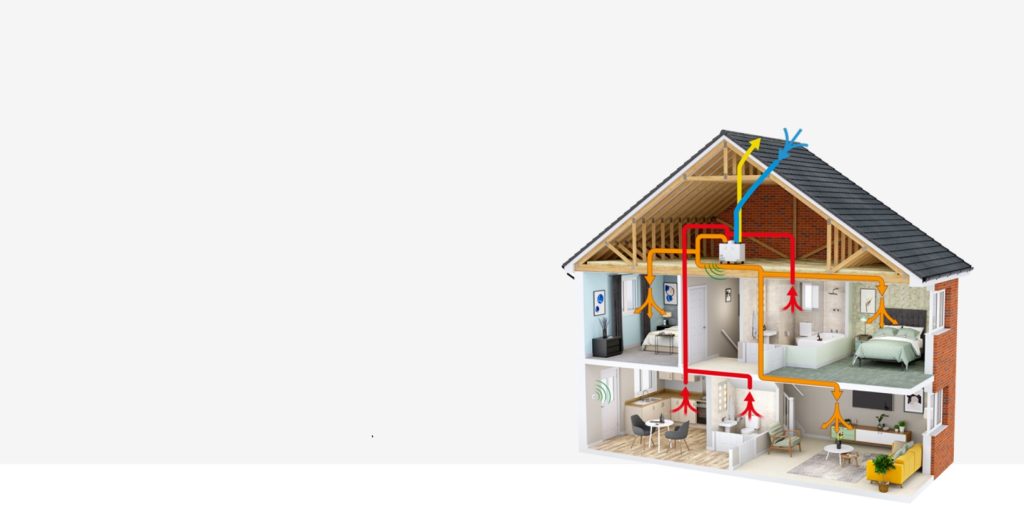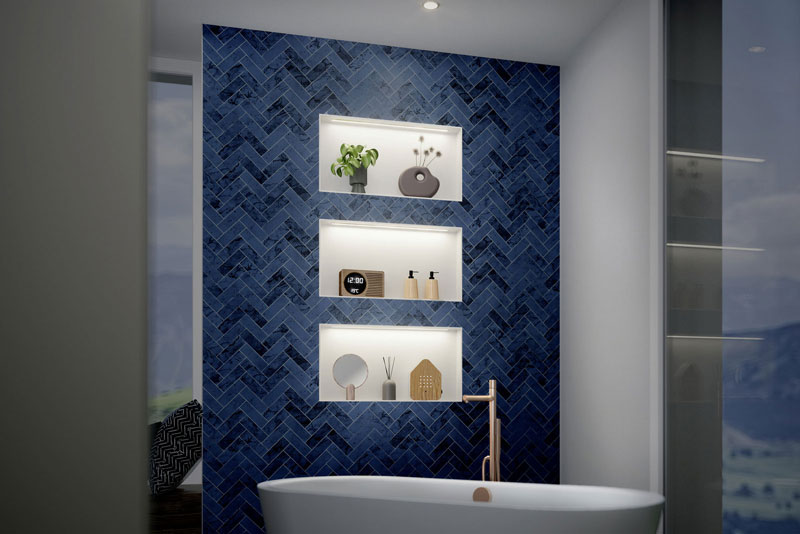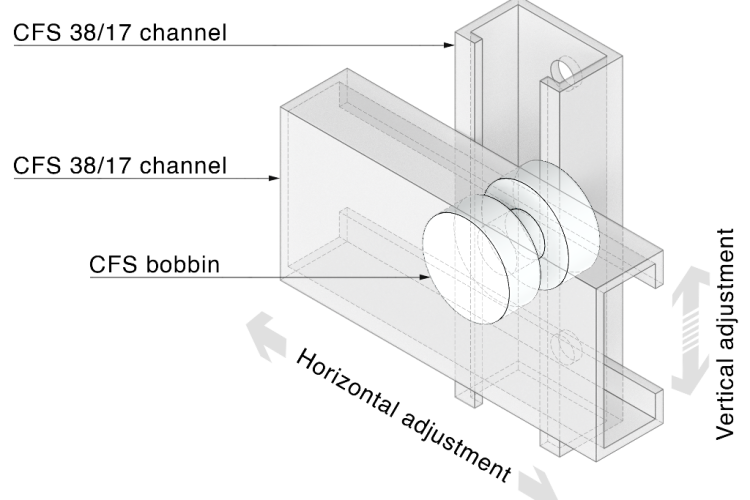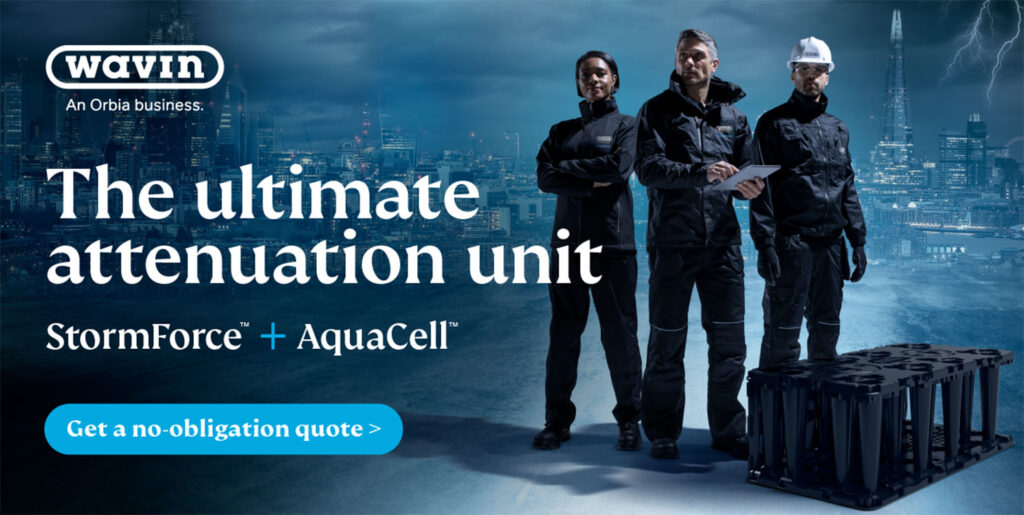Entering efficiency
Making sure that the correct solution has been specified is probably the most important step to ensure that the exits and entrances to any building of any size or function are as efficient as possible. This is easier when working on retrofit projects, with audits of the current footfall being a worthwhile exercise to assess the facility.
However, to get a true picture of the type of door needed, it is vital to consider the data available – not just the quantity of footfall, but also the type, taking note of the times the facility may experience an influx. Audit data enables you to see how many times a day each door opens and closes (letting in cold air and allowing expensively heated air to escape). It provides an insight into the trade-offs that need to be made between flexibility, accessibility and energy efficiency.
For instance, if traffic is at a relatively low level throughout the day, and bottle-necking is unlikely to arise, a revolving door could be the most efficient option. Where footfall is particularly high at certain parts of the day, a common occurrence in retail environments, doors can be programmed to activate according to the peaks, opening for longer than at quieter times. You can only specify like this when you understand the patterns of people entering and exiting the facility.
For new builds, collating this information is just as important, but slightly more difficult, with a reliance on anticipation and experience. Benchmarking traffic at other similar buildings of the same size and function can help specification, providing a basis to specify around a real example, rather than relying solely on forecasts and assumptions. This data profiling and mapping will help with the selection of the most energy efficient solution.
Opt for efficiency
When it comes to sustainable efficiency through door automation in external entrances, look for a solution that meets the needs of the facility first, then optimise thermal transmittance and sealing. Revolving doors provide an ‘always open, always closed’ entrance, in a two, three or four leaf arrangement. The separated compartments keep indoor and outdoor elements isolated, providing a robust barrier which effectively regulates draught and climate differentials.
Dependent upon the age of the installation, the actual running costs will differ. Newer technology has been developed with sustainability in mind, offering users the potential to reduce running costs by modernising doors, specifically targeting energy wastage.
Although revolving doors are seen as the ultimate energy saving solution, they aren’t always feasible. Automatic single and bi-parting sliding doors are highly functional entrances, ideally suited to heavy traffic areas. Sliding entrances can be thermally optimised, with bi-directional sensors to reduce ‘stand open’ times, telescopic opening and tight-seals around leaves and fixed screens all being used to create a thermally broken external entrance.
It’s important not to overlook the quality of the install when it comes to energy efficiency. Tight sealing is a priority, so site surveys to measure clear detailing of the frames/surfaces door systems will be fixed to, and post-installation quality checks to identify snagging issues quickly, are vital.
Think too about incorporating air curtains into the installation. Air curtains not only provide visitors with immediate comfort, but the pressurised air acts as a barrier, keeping the internal controlled temperature stable.
Back door entrance
Depending on the type of building, the back entrances may be wasting just as much (or even more) energy than the front. Equal weighting should be placed on working, intermediate and public-facing entrances, and all should be considered carefully. If you take large delivery doors in a retail store environment as an example, it is clear that doors of such size standing open for long periods of time could have as much impact on energy performance as a smaller pedestrian entrance.
There are a wide variety of solutions to counteract this. High-speed doors, which only activate when sensors detect a vehicle approaching, seal delivery entrances when they are not in use, whilst their fast action ensures doors are physically open for shorter periods of time. Exterior high-speed doors from Assa Abloy Entrance Systems are also available with virtually perfect sealing even in the most adverse weather, reducing energy loss when the doors are in their closed position.
For larger sites and distribution centres, dock shelters improve both energy efficiency and working conditions, by sealing off the vehicle during loading. Mechanical fabric curtains or inflatable dock shelters protect against precipitation and draught during loading and unloading.
Examination of all the factors helps you negotiate the trade-offs required to maintain optimum energy efficiency without compromising on comfortable, flexible and safe access for staff, visitors and deliveries.



















